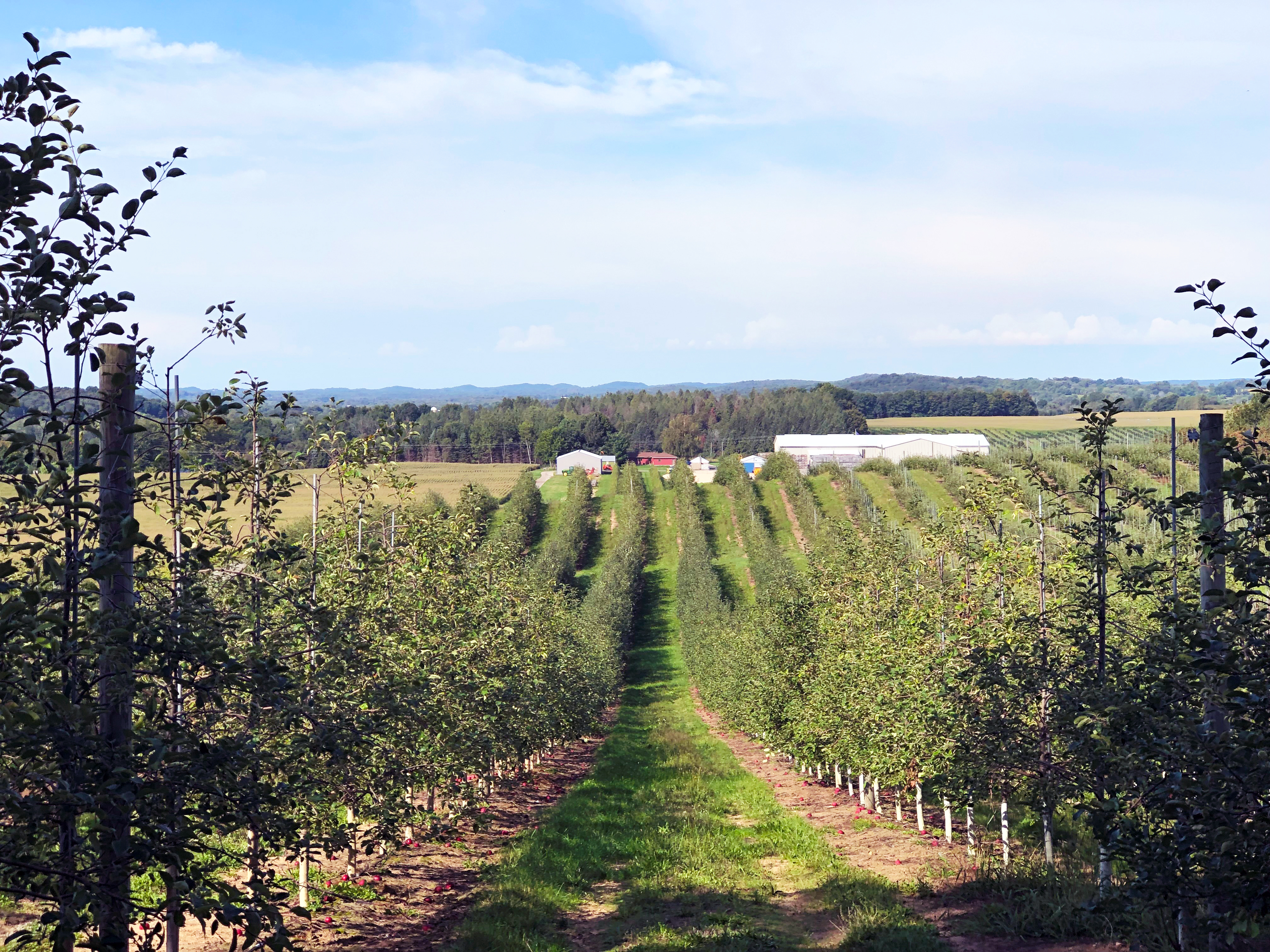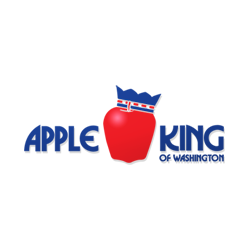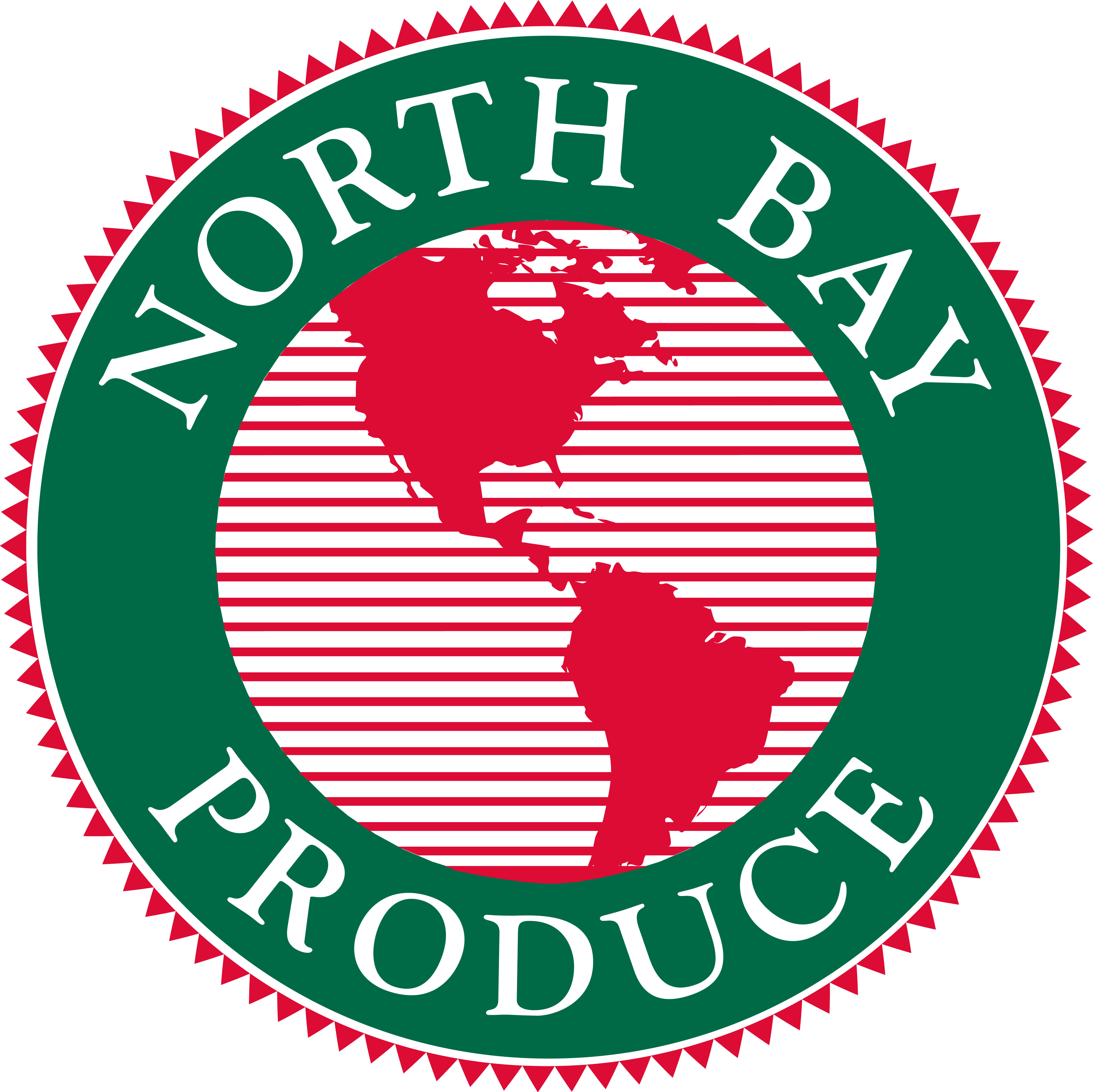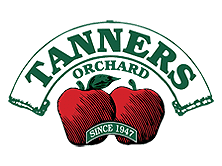Michigan apple marketers are preparing for the start of a new season in the state, where more than 775 family-run farms grow 14.9 million trees on 34,500 acres.
“Michigan is the second-largest apple-producing state, behind Washington,” says Shelby Miller, marketing and business development specialist with Sparta, Mich.-based Applewood Fresh. “Apples are Michigan's most valuable fruit crop, representing about 71% of fruit-derived cash income.”
It was a favorable spring, once again, and while there were some isolated hailstorms in the early part of the season, it shouldn't impact harvest volumes.
“We didn't experience a frost event in spring, and while there have been some pockets of hail, it won't affect the overall season volume,” says Trish Taylor, marketing manager for Riveridge Produce Marketing in Sparta.
Diane Smith, executive director of the Michigan Apple Committee, says it's been a good season so far for growers.
“We were fortunate to experience ideal spring conditions again this year with a nice gradual warm-up,” she says. “We did have some storms with hail that hit some localized areas, but overall conditions have been good.”
However, with a little time remaining before harvest, Ken Korson, apple category manager for Traverse City, Mich.-based North Bay Produce says a lot is still yet to be determined.
“The next two months will determine the size of our fruit,” he says. “As long as we receive timely rains, we should be in good shape. Right now, we are a little bit behind last year, but we can catch up with more rain and warm weather.”
Miller also says it's been a hot summer for growers, “but nothing out of the ordinary from the beautiful state of Michigan.”
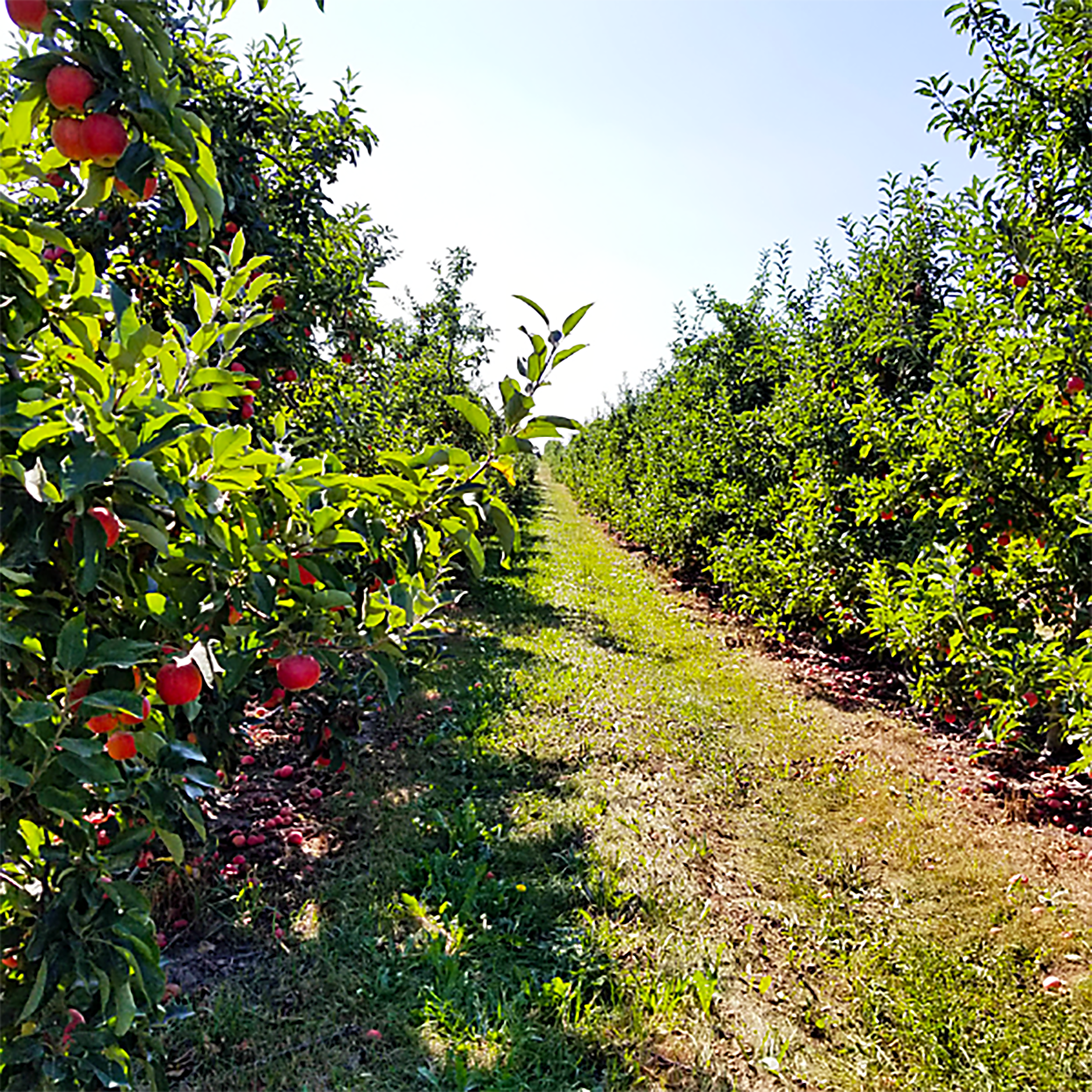
Season Projections
While the official first crop projection won't be released until after the U.S. Apple Outlook Conference in mid-August, Korson says the crop size looks to be on par with 2024.
“We still have significant growth expected over the next two months,” he says.
Smith says things are moving along as usual, progressing toward harvest.
“We are preparing to release our expected harvest dates for the main varieties we grow here,” she says. “The industry is optimistic.”
Miller also says she expects the 2025-26 crop to be in line with similar crops from the past few years.
“Our crop outcome will be like last year and along the five-year average, at an estimated 30 million bushels; 50/50 for fresh versus process markets,” she says.
Taylor says that Riveridge “anticipates this year's harvest to be slightly larger than last year's.”
Concerns for the Season
As expected, Mother Nature is on the minds of apple marketers even as harvest nears, Korson says.
“The biggest concern this time of year for the harvest is weather,” Korson says. “We're always worried about enough rain, but not too much, and hail is always a concern also.”
Taylor agrees and notes, “Very wet weather can delay how quickly we can get the fruit off the tree, and a week of 90 degrees that's out of the ordinary can quickly mature a crop.”
Miller says other states' production is also a matter of focus, as it can impact volumes at retail.
“One of the biggest concerns heading into harvest this year is the size of Washington's Honeycrisp crop, which is expected to be one of the largest on record,” she says. “This level of volume has a significant impact on retail space and pricing, putting added pressure on other apple varieties to compete for shelf placement.”
Labor and trade are also top of mind for Michigan apple growers, Smith says.
“Growers need skilled labor to harvest apples. All apples are harvested by hand, so many workers are needed,” she says. “Trade barriers would also be detrimental to the Michigan Apple industry, mainly with the need for Washington to be able to export a good chunk of their crop — it allows for space in the domestic market for apples from other states.”
Transitions in the State
Taylor says growers in Michigan have removed older orchards and put in more high-density plantings, which helps both grow and stabilize the industry for the future.
“We have more production on fewer acres thanks to recent plantings,” she says.
Miller says these high-density orchards with more trees per acre offer more consistent apple volumes each year.
“It also supports improved fruit quality and more efficient harvests as growers adopt new technologies and modern growing techniques,” she says.
Some of the new technologies include orchard platforms to help harvest the fruit in these modern growing systems.
“Growers are using more platforms and high-density plantings,” she says. “Also, some growers establish their own nurseries, ensuring they get the varieties and strains they need for their orchards.”
Korson says as these growers remove the older orchards, they choose to install irrigation systems in the new orchards, which creates a better crop.
“We are cultivating most of our fruit in high-density plantings that are irrigated, which helps enhance the color and size of our fruit,” he says.
Smith says the Michigan Apple Committee helps fund research to find solutions and innovations to growers' production and post-production challenges.
“We are fortunate to have Michigan State University nearby as a leading agricultural institution with sought-after researchers and thought leaders,” she says. “We have a great relationship with the researchers and communicate often about grower and industry needs.”

Variety Trends
Newer premium varieties have gained traction, marketers say.
“Our early-season club varieties, Rave and SweeTango, continue to gain momentum year after year, driven by increased production and enhanced color and growing standards,” Miller says. “Premium flavor varieties continue to grow.”
And Smith says that while gala continues to be the state's top seller, “Ambrosia and EverCrisp continue to gain traction.”
Taylor says thanks to Michigan's proximity to the Great Lakes, the climate is perfect for growing sweet and juicy apples.
“That's been proven time and time again with tasting panels on Honeycrisp,” she says. “Growers have continued to invest in this consumer favorite, and the Michigan taste preference is very real.”
And she says growers continue to invest in more high-color strains of well-known varieties.
“There will be more and more volume of higher color fruit in popular varieties thanks to strains coming into production — namely gala, fuji and Honeycrisp,”
Taylor explains.
Marketing Opportunities
Korson says Michigan apples continue to offer a good value at the retail level.
“While everything has increased significantly due to inflation, apples have remained a very good value for consumers,” he says.
Taylor says touting the health benefits of apples can help drive consumption this fall.
“Look for more signage, language and visuals that promote apples as part of a lifestyle that is active and healthy,” she says.
Health benefits, convenience for snacking and affordability continue to propel sales, Smith says.
“We continue to focus our consumer marketing efforts on social media with messaging about Michigan apples as a healthy, affordable and convenient fruit
for snacking or incorporating into meals,” Smith explains.
Korson also says retailers should use eye-catching displays in high-impact locations to highlight Michigan apples.
And Miller says it's important to help educate consumers about the different varieties available — be it through marketing materials or activations.
“Store flyers, displays and other in-store activations help impact a consumer's decision to pick one variety over another,” she says. “It is essential to support in-store demos, highlighting the classic try-before-buy sampling programs.”
Consumers also want to learn more about where their food comes from.
“Consumer data continues to tell us that shoppers want to know the origin of their food,” she says. “Particularly in the local regions — buying local is a top purchase driver for many consumers.”

